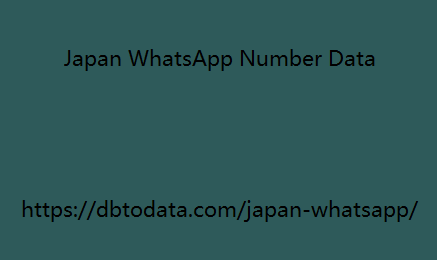|
|
Post by account_disabled on Mar 5, 2024 10:36:51 GMT
In the following years, different antispam updates followed and very often they had the aim of targeting new spam techniques created by the first generations of SEO, while spam evolved from being purely on-site to becoming mainly off-site. , that is, taking advantage of aggressive link building . In fact, in the early 2000s there was a real boom in link buying and selling activities and markets. One of Google's most impactful anti-spam updates in memory before 2011 was Jagger , launched in 2005,
Which created a shock in SEO communities and Japan WhatsApp Number Data aimed to target early forms of low-quality link building and marketing schemes. links. If you want to learn more about Google's main algorithmic updates, I refer you to the infographic we created on Webinfermento . However, consider that the anti-spam algorithmic updates known to the SEO community are only a part of those released every year by Google.

In fact, not all updates are known and Google, as we know, does not have a highly preferential communication channel with SEOs. However, there are 4 algorithmic updates that are quite dangerous and have had drastic impacts on many sites. Each of these updates affects sites that generally generate a lot of traffic thanks to the positioning they enjoy with monetary keywords, which sell the brand. The updates we will delve into are: Panda (2011), Penguin (2012), Page Layout (2012), Payday Loan , DMCA (2012). 1.
|
|